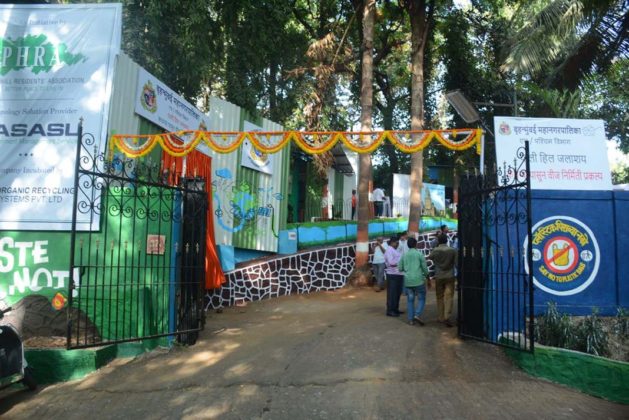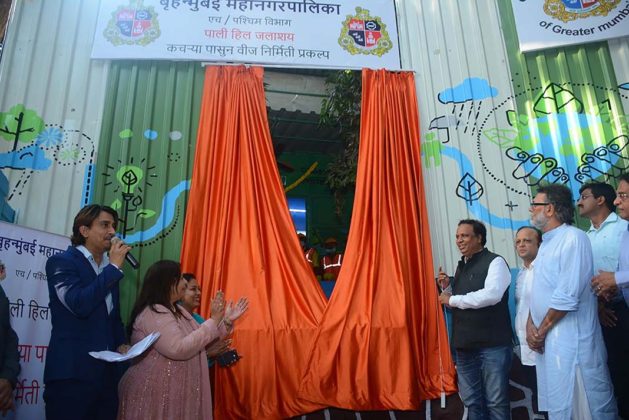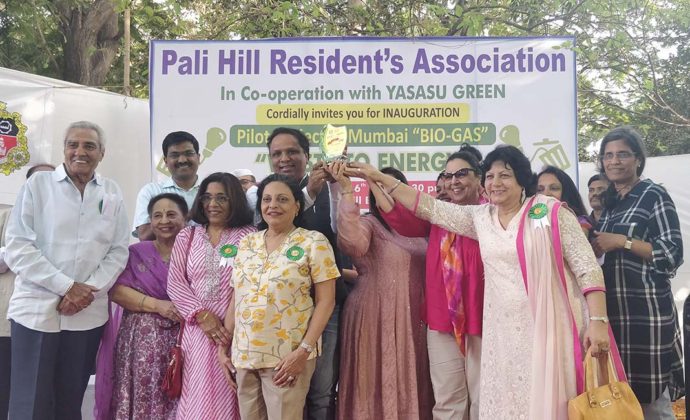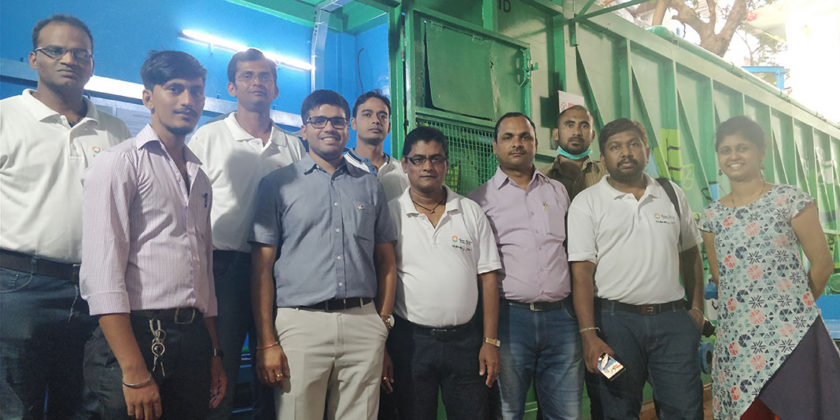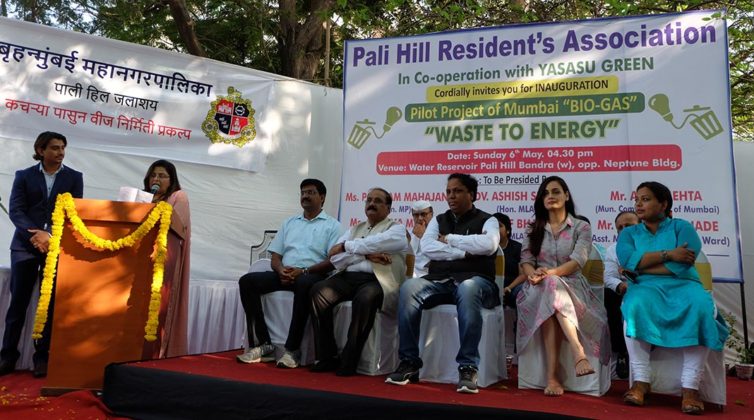It’s time that citizens have put their waste to some use! And this use is for a greater cause of the public by setting an example for other societies and residents to follow. Waste generated from every household in Pali Hill is being collected and used to create biogas which is then used to generate energy to light up the street lamps of this elite hilly area of Bandra.
Members of Pali Hill Residents Association (PHRA) came up with this idea of treating waste in an ethical way by segregating it. Waste from every household was being segregated into biodegradable or organic (vegetable skins, fruit leftovers, food residue, kitchen waste) and non-biodegradable or inorganic waste (plastic, glass, metals, wire, electronic device). But residents then realised that this was not enough and they had to find a better sustainable way to manage their waste.
So residents came up with this idea of setting a biogas plant which could treat waste in an ecofriendly manner and generate biogas which could be used for various purposes. Madhu Poplai, Secretary of PHRA, said, “We appraoched the BMC in 2016 and gathered funds to set up this plant within Pali Hill. We gathered over Rs 30 lakhs through Corporate Social Responsibility (CSR) funds to set up this biogas plant.”
Due to combined efforts of residents and Brihanmumbai Municipal Corporation (BMC), a Waste to Energy Plant has been set up at the reservoir ground at Pali Hill. The functioning of the plant is entirely managed by the firm named YASASU which is part of waste energy treatment organisation Organic Recycling Systems (ORS). This plant can consume around 800 kg of waste every day, generate biogas gas and can provide electricity to light over 60 lamps. This plant has the capacity to recycle and reuse 1 metric tonne of waste on a daily basis.
So, how does this work? Waste from every household around 23 bungalow and 78 societies at Pali Hill, which is segregated, is dumped into the society dustbins or garbage bins of every building. These garbage bins are collected by the BMC truck every morning. These trucks then take the biodegradable or organic waste to this plant and dump it on the receiver slide of the plant at 12 pm every day. Currently, around 500 to 600 kgs of biodegradable waste is being dumped per day.
This waste is then collected manually by the workers at the plant and once again segregated for any inorganic material. The organic waste is dumped into the shredder which is use to shred the waste and convert it into a form of liquid. This liquid is then treated in a digester which churns the waste, mixes it with specific inbuild enzymes and converts it into biogas. The biogas is then stored in a balloon on the top of the plant.
The biogas is then treated to generate energy which is supplied to various local electric lines thus lighting the lamps of the plant. In addition, compost is created as residue in the process of creation of biogas. This compost is being used as manure for plants and trees in public gardens.
As of now, the biogas is used to light around 30 lamps within the premise of the plant. BMC has not provided connection to other street lamps lines yet. Akshay Chewli, site engineer from YASASU, said, “We are waiting for connection to be provided by BMC after which we can use the gas to provide electricity to around 80 street lamps in Pali Hill area. The generation of biogas is a continuous process as waste is being dumped everyday and the gas is being stored in the balloon. While, Rohit Agarwal, Group Head of ORS, said, “The gas generated in 2-3 hours can provide electricity sufficient to light 60 lamps for 10 hours per day. Once the plant is running it keeps generating biogas and converting it into energy continuously.”
PHRA claimed they will handover this project to the BMC so that the civic body can treat waste and supply electricity locally. Poplai added, “We will handover this entire plant to the BMC in three months as the plant is set up on the reservoir land which belongs to the BMC.” While, the BMC has considered a project of this magnitude as a pilot project of Mumbai.
BMC has tied up with Reliance Energy to provide connection of electric lines to street lamps through this plant. Poplai explained, “If we wanted to connect all the street lamps of Pali Hill to this plant the BMC would have to dug up the electric lines and secure connection. This would increase the cost of the project to around 70 lakhs. But instead we have tied up with Reliance Energy which already has a connection of all street lights. We will connect this plant to the Reliance line to light up all the street lamps.”
Though this waste is currently being used to light up street lamp biogas can be used for multiple purposes. Yashas Bhand, senior member of Yasasu, said, “Biogas can be used for cooking, heating, generating energy and maintaining the electric supply of various societies. We have our plants at Belapur, Solapur and BKC and the waste is being used to generate biogas.”
The aim of this plant which was inaugurated on May 6, 2018 is to provide electricity to over 100 street lamps of Pali Hill by using the waste generated by residents. Waste management and treatment has been tried by the BMC, societies and communities at various levels but have not been successful in the long run. This project is an initiative of the residents who are waiting for the BMC to provide connection to all street lamps to see the benefits of the project.
Ronald Rodrigues




















